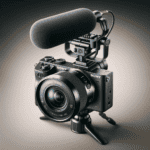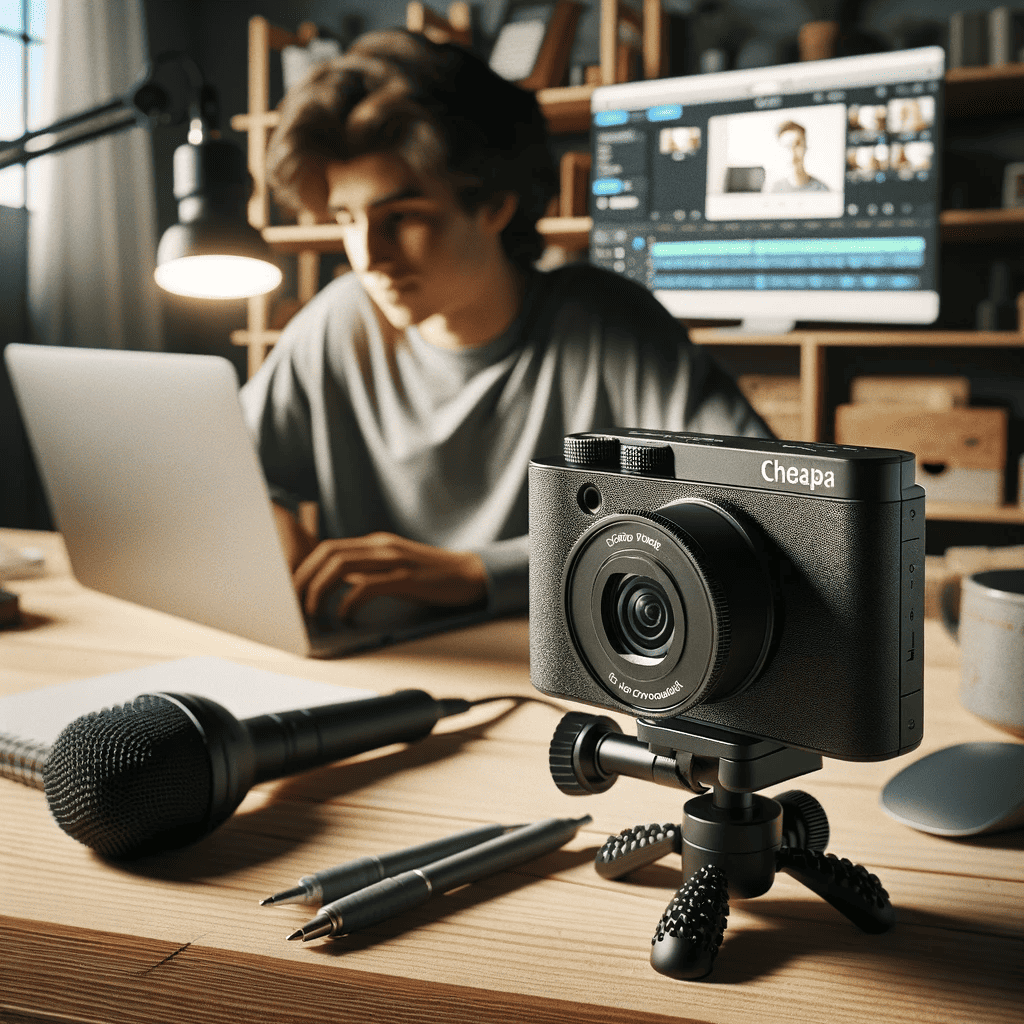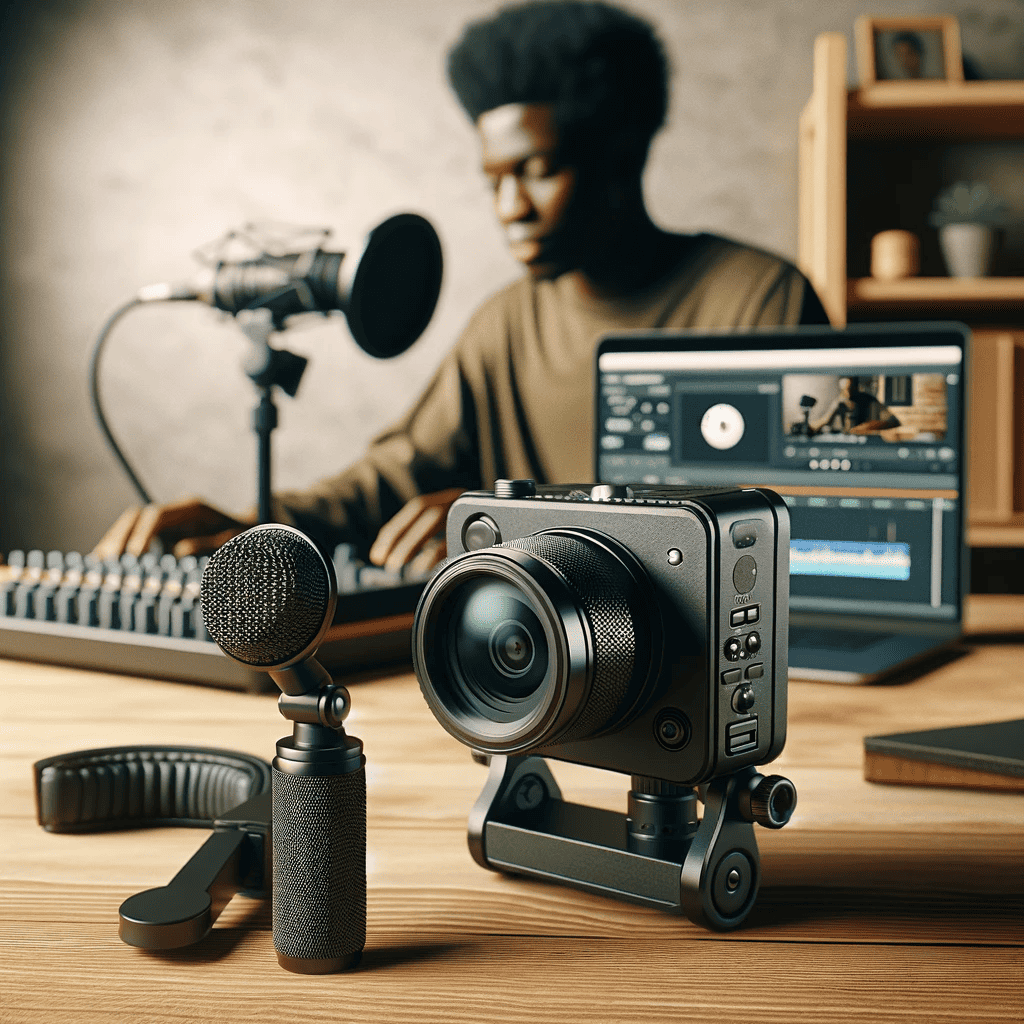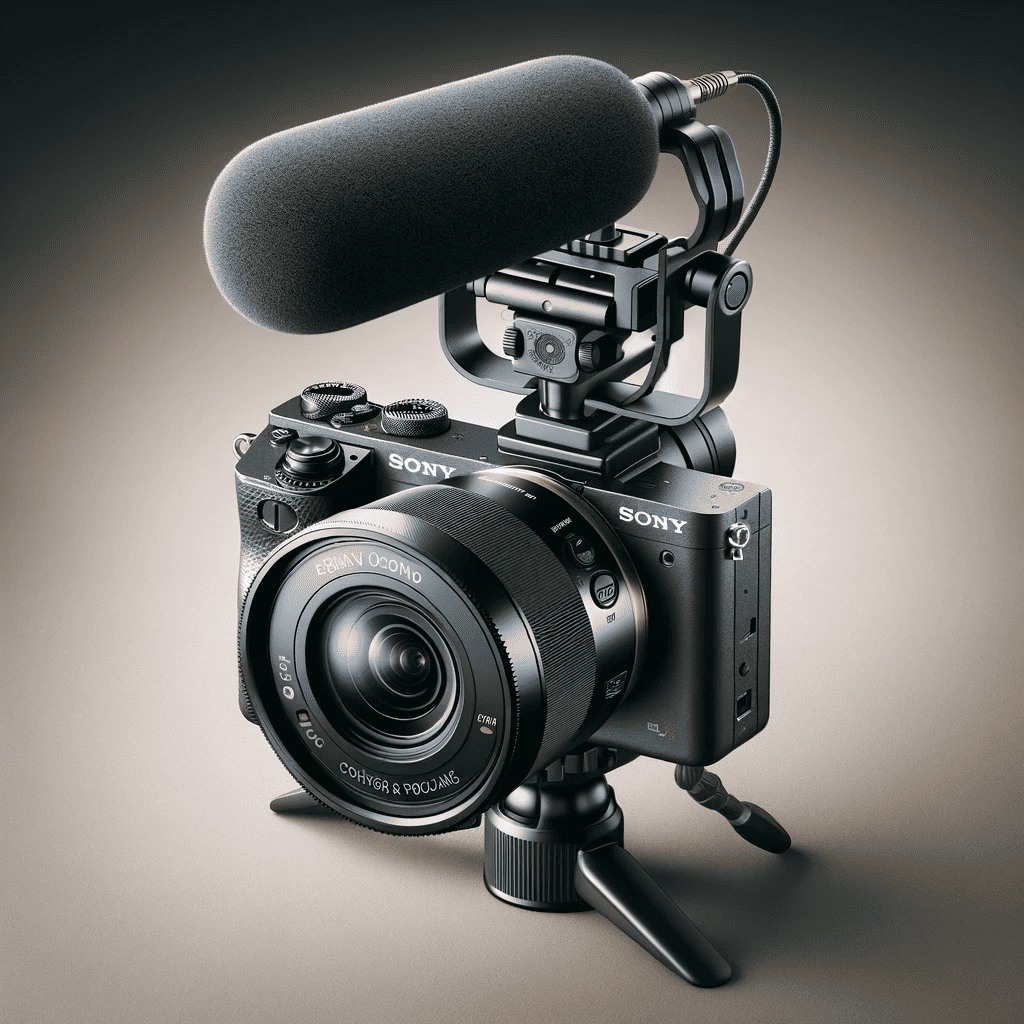Introduction
A picture is worth a thousand words, and instant cameras provide us with the magical ability to capture moments and turn them into tangible memories. These remarkable devices have come a long way since their inception, becoming cherished companions for photography enthusiasts and casual users alike. In this article, we will delve into the world of instant cameras, exploring their fascinating history and emphasizing the importance of caring for these precious devices.
A Brief History of Instant Cameras
The concept of instant photography traces back to the late 1940s when Edwin Land introduced the world to the Polaroid camera. Land’s vision was to create a camera that would develop photos instantly without requiring any external processing.
The Polaroid camera revolutionized photography by eliminating the need for film development laboratories, allowing people to see their photographs in a matter of minutes rather than days or weeks. Over time, instant cameras evolved and other manufacturers entered the market with their own variations.
Fujifilm introduced its Instax line in the 1990s, offering a modern twist on instant photography. These compact cameras quickly gained popularity due to their affordability and accessibility.
The Importance of Caring for Your Instant Camera

Your instant camera deserves proper care and attention if you want it to consistently deliver high-quality photos while maintaining its longevity. Caring for your instant camera goes beyond just protecting it from physical damage; it also ensures optimal performance and enhances your overall photographic experience. By investing time in understanding your camera’s features, handling it with care, cleaning it regularly, managing battery usage efficiently, handling film properly, and troubleshooting common issues promptly – you can maximize your enjoyment while using this wonderful device.
Understanding Your Instant Camera
Different types of instant cameras (Polaroid, Fujifilm Instax, etc.)
When it comes to instant cameras, there are a variety of options available on the market. The most well-known brands include Polaroid and Fujifilm Instax, each with their own unique characteristics. Polaroid cameras have long been synonymous with instant photography and are known for their classic square format prints.
On the other hand, Fujifilm Instax offers a range of models that cater to different preferences, such as mini or wide formats. Understanding the differences between these types of cameras will help you select the one that best suits your needs.
Components and features of an instant camera (lens, viewfinder, flash, etc.)
To make the most out of your instant camera experience, it is essential to familiarize yourself with its various components and features. The lens is a critical component responsible for capturing light and focusing it onto the film. Different lenses have different focal lengths and apertures which can impact the overall image quality.
The viewfinder allows you to frame your shots accurately by giving you a preview of what will be captured on the film. Another crucial feature is the flash system.
Most instant cameras have built-in flashes that automatically activate in low-light conditions or can be manually adjusted based on ambient lighting levels. Familiarizing yourself with how to control flash settings will give you more control over lighting in your photographs.
Beyond these basic components, some advanced instant cameras offer additional features like multiple exposure capabilities or self-timers for creative experimentation. Understanding all these intricacies will allow you to unlock your camera’s full potential.
Familiarizing yourself with the camera’s user manual
Before delving into capturing stunning moments with your new instant camera, take some time to read through the user manual provided by the manufacturer. While it may seem tempting to skip this step and rely on your intuition, manuals often contain valuable information and detailed instructions specific to your camera model.
The user manual will guide you through the various functions and settings, helping you understand how to operate your instant camera efficiently. Make sure to pay attention to any warnings or precautions mentioned in the manual.
This will help you avoid potential damage, misuse, or accidents. Additionally, the manual might provide insights into troubleshooting common issues that may arise during your photography journey.
Understanding the different types of instant cameras available and familiarizing yourself with their components, features, and user manuals is essential for getting the most out of your photography experience. By doing so, you’ll be well-prepared to embark on a creative journey capturing beautiful moments with your instant camera.
General Care and Maintenance

Handle Your Instant Camera with Care to Avoid Damage or Malfunctions
The delicate nature of instant cameras necessitates gentle handling to ensure their longevity. By treating your camera with care, you can prevent potential damage or malfunctions that may arise from mishandling.
Always grip the camera firmly, but not too tightly, when using it. Avoid exerting excessive pressure on any part of the camera body, particularly the lens and viewfinder.
This will help maintain proper alignment and prevent misalignment issues that can affect image quality. In addition to mindful handling, it’s crucial to protect your instant camera when not in use.
Investing in a well-fitted protective case or bag is highly recommended. A case specifically designed for your camera model will provide cushioning against accidental impacts and minimize the risk of scratches or dents on its exterior surface.
Furthermore, a good-quality case should have additional compartments for storing extra film cartridges, batteries, and small accessories like lens caps or cleaning tools. By keeping your instant camera safely stored in a protective case or bag, you can rest assured knowing it is shielded from potential harm.
Avoid Exposure to Extreme Temperatures or Humidity
Instant cameras are sensitive to extreme temperatures and humidity levels. To ensure optimal performance and prevent damage, it’s important to be mindful of environmental conditions during both usage and storage. Avoid subjecting your instant camera to excessively high temperatures (e.g., leaving it inside a car parked under direct sunlight) as this can cause internal components to overheat and potentially malfunction.
Similarly, exposing the camera to extremely low temperatures (e.g., leaving it outside during frigid winter conditions) may negatively impact its battery life or even cause mechanical failures. Humidity is another factor that demands attention when caring for your instant camera.
Excessive moisture in the air can lead to condensation buildup on the lens, viewfinder, or even inside the camera body. This moisture can compromise image quality and potentially damage sensitive electronic components.
To minimize the risk of condensation, avoid using your instant camera in environments with high humidity levels, such as bathrooms or near bodies of water. If you do find your camera exposed to moisture, allow it to acclimate slowly by placing it in a dry area before usage or storing it away.
Keep the Camera Away from Water or Other Liquids
One of the cardinal rules for caring for an instant camera is to keep it far away from water or any other liquids. Instant cameras are not designed to be waterproof, and exposure to liquids can cause irreparable damage. Even minor contact with water can result in malfunctioning buttons, corroded electrical contacts, or permanent internal damage.
To safeguard against accidental spills or water-related incidents, always remain vigilant when using your instant camera in outdoor settings where precipitation is likely. Be cautious near swimming pools, beaches, lakeshores, and other areas where water may be present.
As an additional precautionary measure during travel or outdoor adventures, consider using a protective rain cover specifically designed for your camera model.
By adhering to these guidelines of general care and maintenance for your instant camera—handling it gently but firmly, utilizing a protective case when not in use, avoiding exposure to extreme temperatures and humidity levels, and steering clear of contact with liquids—you can ensure that your treasured device remains working smoothly while capturing marvelous moments for years to come.
Cleaning Your Instant Camera

Removing dust and dirt from the camera body and lens using a soft brush or cloth
When it comes to caring for your beloved instant camera, nothing is more important than keeping it clean. Over time, dust particles and dirt can accumulate on the camera body and lens, affecting the image quality and overall performance of your photographs.
To maintain optimal functionality, it is essential to regularly remove these contaminants. To start, obtain a soft brush specifically designed for cleaning cameras.
Using gentle strokes, lightly brush off any visible dust or loose particles from the camera body. Pay particular attention to crevices and corners where debris tends to accumulate.
For stubborn dirt or fingerprints, a microfiber cloth can be used in conjunction with a mild cleaning solution recommended by the camera manufacturer. Ensure that the cloth is lint-free to avoid leaving behind unwanted residue.
Cleaning the viewfinder for clear and accurate framing
The viewfinder of your instant camera serves as your window into capturing those magical moments. It is vital to keep this crucial component clean to ensure accurate framing for your shots. Start by gently blowing away any loose dust or debris that may have settled on or near the viewfinder.
Next, dampen a cotton swab with a small amount of lens cleaner specifically formulated for optical surfaces. Carefully clean around and inside the viewfinder using gentle circular motions, taking care not to apply excessive pressure which may damage delicate components.
Afterward, use a dry cotton swab to remove any remaining moisture or residue. Regularly performing this simple cleaning routine will not only enhance your framing accuracy but also provide you with clear visibility while composing your shots.
Properly cleaning the rollers for consistent film development
One of the critical elements in an instant camera’s film development process are its rollers located inside that evenly distribute chemicals necessary for image formation. These rollers can collect dirt, dust, and residue over time, which may result in uneven or incomplete development of your photographs.
To clean the rollers effectively, begin by removing any remaining film cartridges or empty packs from the camera. Gently open the camera back to expose the rollers.
Using a soft brush or lint-free cloth, carefully wipe away any visible debris from both the upper and lower rollers. Ensure that no foreign particles are left behind as they may interfere with proper film feeding and development.
In cases where stubborn residue is present on the rollers, a manufacturer-approved cleaning solution can be applied to a lint-free cloth. Lightly dampen the cloth with this solution and gently wipe down the rollers following their rotation direction as indicated in the camera’s user manual.
After cleaning, ensure that the rollers are completely dry before reloading new film to maintain consistent and high-quality image development. By regularly cleaning your instant camera’s body, lens, viewfinder, and rollers using these simple techniques, you are not only safeguarding its performance but also preserving its longevity for many more memorable photographic adventures to come.
Battery Management

Checking battery levels regularly to ensure uninterrupted usage
One of the primary aspects of caring for your instant camera is ensuring that you have sufficient battery power to capture those precious moments. Regularly checking the battery levels is crucial to avoid disappointment when trying to take a photo only to realize your camera has run out of juice.
Most instant cameras have a battery indicator on the display, showing the remaining power level. Take a moment before each photoshoot or outing to glance at this indicator and ascertain whether it’s necessary to recharge or replace the batteries.
Charging batteries fully before extended use
Before embarking on an extended photo-taking session, it’s essential to charge your camera batteries fully. This ensures optimal performance throughout and reduces the risk of sudden power depletion in the middle of capturing important memories.
Follow the instructions provided by the manufacturer regarding charging time and procedure, as these might vary depending on your specific camera model. It’s recommended to charge your batteries overnight or for the recommended duration indicated by the manufacturer for maximum efficiency.
Carrying spare batteries for emergencies
As preparedness is key, carrying spare batteries with you when using an instant camera is highly advised. This simple practice can save you from missing out on capturing that perfect shot due to unexpected battery drainage. Before heading out on a photography excursion, make sure you pack extra batteries in your camera bag or carry case so that they are readily accessible if needed.
Ensure these spare batteries are fully charged as well because there’s nothing worse than realizing they’re not ready for use when you need them most. By diligently checking battery levels, charging them adequately before extended use, and having backup batteries within reach, you can minimize potential disruptions during your photography sessions and enjoy uninterrupted usage of your beloved instant camera.
Film Handling
Understanding different film types available for your specific instant camera model
When it comes to instant photography, understanding the different film types available for your specific instant camera model is crucial for achieving the desired results. Each camera brand and model typically have their own compatible film, so it’s essential to research and identify the correct film type that suits your camera.
For instance, Polaroid cameras often use Polaroid Originals’ i-Type or 600 films, while Fujifilm Instax cameras require Instax Mini or Instax Wide films. Different film types may have variations in terms of size, aspect ratio, color rendition, and even development time.
Familiarize yourself with the characteristics of each film type to make an informed decision based on your preferences and creative needs. By selecting the appropriate film for your instant camera, you can ensure optimal compatibility and enhance the overall photographic experience.
Storing unused film properly to maintain its quality

Proper storage of unused instant film is vital in maintaining its quality and ensuring consistent results when capturing precious moments. To preserve the integrity of the film, avoid exposing it to direct sunlight or heat as these conditions can degrade its performance.
Sunlight and heat can harm the chemicals within the film cartridge, leading to color shifts or undesirable effects on images. Instead, store your unused instant film in a cool and dry place away from direct light sources.
A temperature-controlled environment with low humidity is ideal for preserving its quality over time. Consider using airtight containers or resealable bags specifically designed for storing photographic materials.
Additionally, make sure to keep them separate from any batteries or devices that could potentially generate heat. By adopting proper storage practices for your unused instant films, you can maintain their freshness and maximize their potential when capturing those special moments with your beloved instant camera.
Troubleshooting Common Issues
When the Picture Speaks Blurriness
One of the most frustrating issues that instant camera users may encounter is capturing blurry images. This can occur due to various reasons, such as improper focus settings or shaky hands while taking the picture.
To address this problem, it is crucial to adjust the focus settings on your instant camera. Most cameras offer different focusing options, including manual and automatic focus.
Experiment with these settings to find what works best for you in different scenarios. Additionally, make sure you hold the camera steady while pressing the shutter button to avoid any unnecessary blur caused by camera movement.
Shining a Light on Uneven Exposures
Uneven exposures can result in pictures that are either too dark or too bright in certain areas. To troubleshoot this issue, start by checking your flash settings.
Some cameras may have an automatic flash feature that adjusts according to lighting conditions, while others allow manual control over flash intensity or turning it off altogether. Ensure that your flash is appropriately set for the environment you are shooting in—whether it’s indoors with low light or outdoors under bright sunlight—to achieve balanced exposures consistently.
Conclusion
Caring for your instant camera involves not only basic maintenance but also troubleshooting common issues that may arise during usage. By understanding how to address problems like blurry images and uneven exposures through adjusting focus and flash settings, you can enhance your photography experience with an instant camera. Remember to always refer back to your camera’s user manual for specific instructions related to troubleshooting and maintenance.
Mastering these vital troubleshooting techniques will empower you as a photographer and enable you to capture stunning images with confidence and ease using your beloved instant camera. So go ahead and embark on creative adventures knowing that any obstacles along the way can be overcome with a little understanding and skillful adjustments—ultimately leading to a more delightful and fulfilling photography journey.









